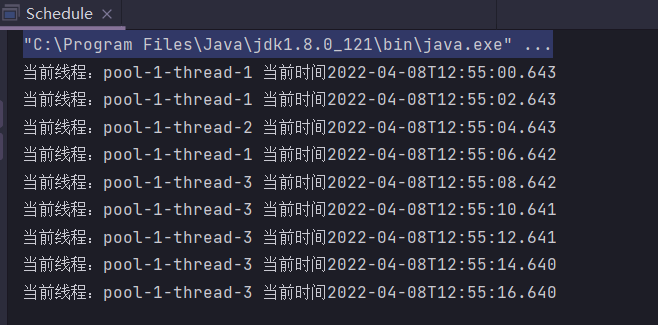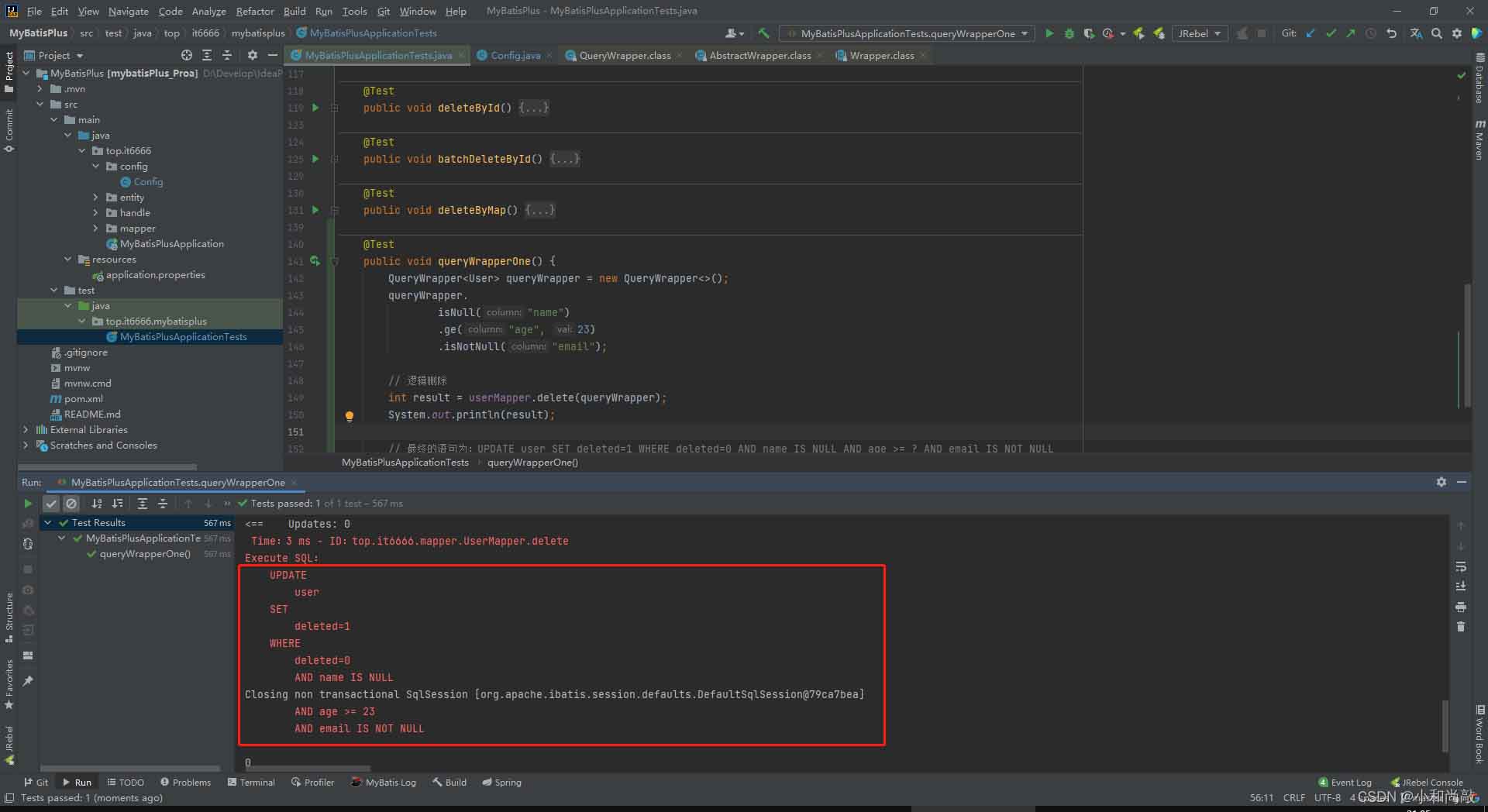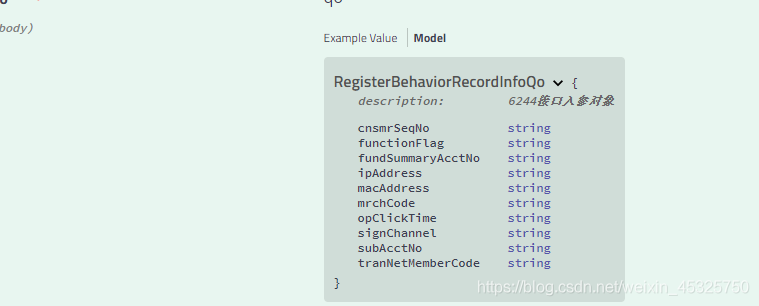在Eclipse的菜单栏中选择“Window” - “Preferences”,进入Eclipse的设置(Preferences)界面。
- 进入Eclipse的“首选项”设置界面
在Eclipse的菜单栏中选择“Window” -> “Preferences”,进入Eclipse的设置(Preferences)界面。
- 打开“Java” -> “Code Style” -> “Code Templates”选项卡
在Eclipse设置界面中,展开“Java”栏目,并点击“Code Style”子选项,然后再点击下面的“Code Templates”选项卡。
- 选择要修改的方法存根选项
在Code Templates选项卡页面中,选中左侧的“Code”部分,然后再选中其中的“Method body”,这个设置影响到在创建新方法时,Eclipse会自动填充的代码。请注意,在美国,英国和欧洲,代码模板是Java,JavaDoc注释是en_US,而在其他国家和地区,代码模板和JavaDoc注释可能不同,根据不同的使用需求进行设定。这里我们以Java为例。
- 修改模板内容
选中“Method body”后,Eclipse会在右侧显示出当前的默认模板内容,我们可以修改其中的代码,来满足自己的编码规范。比如我们可以将默认的模板内容:
// TODO Auto-generated method stub
return ${return_type.defaultValue};
修改为:
${cursor}${return_type} result = new ${return_type}();
// TODO Auto-generated method stub
return result;
这样,在创建新方法时,就会自动生成以上代码。其中,“${cursor}”是一个特殊变量,代表了我们在代码自动生成后,光标所在的位置,可以通过这个变量来控制代码的生成流程。
另外,我们也可以新增自己的代码模板,比如在“Code Templates”选项卡页面中,选中左侧的“New Java files”部分,然后点击“Edit”按钮,在弹出的编辑框中填写自己的代码模板。
示例1:生成新的toString方法
在方法存根设置中,我们可以修改toString方法的模板,使其符合自己的编码规范。比如我们可以将默认的模板内容:
public String toString() {
return getClass().getName() + "@" + Integer.toHexString(hashCode());
}
修改为:
@Override
public String toString() {
return "MyClassName{" +
"attribute1='" + attribute1 + '\'' +
", attribute2=" + attribute2 +
'}';
}
这样,在我们定义一个新的Java类并使用IDE自动生成toString方法时,就会生成符合我们编码规范的代码。
示例2:生成新的equals方法
同样的,我们也可以修改equals方法的模板,使其符合自己的编码规范。比如我们可以将默认的模板内容:
public boolean equals(Object obj) {
if (this == obj)
return true;
if (obj == null)
return false;
if (getClass() != obj.getClass())
return false;
ClassName other = (ClassName) obj;
if (attribute1 == null) {
if (other.attribute1 != null)
return false;
} else if (!attribute1.equals(other.attribute1))
return false;
if (attribute2 != other.attribute2)
return false;
return true;
}
修改为:
@Override
public boolean equals(Object o) {
if (this == o) return true;
if (o == null || getClass() != o.getClass()) return false;
MyClassName that = (MyClassName) o;
return Double.compare(that.attribute1, attribute1) == 0 &&
attribute2 == that.attribute2;
}
这样,在我们定义一个新的Java类并使用IDE自动生成equals方法时,就会生成符合我们编码规范的代码。
本文标题为:Eclipse自动生成方法存根该怎么设置?


基础教程推荐
- 是否适合从javabean类更新数据库? 2023-11-04
- 深入理解约瑟夫环的数学优化方法 2024-03-07
- Java编写实现窗体程序显示日历 2023-01-02
- JSP 动态树的实现 2023-12-17
- 运用El表达式截取字符串/获取list的长度实例 2023-08-01
- 使用Java和WebSocket实现网页聊天室实例代码 2024-02-25
- springboot下使用shiro自定义filter的个人经验分享 2024-02-27
- Java中EnvironmentAware 接口的作用 2023-01-23
- JavaWeb 实现验证码功能(demo) 2024-04-14
- Java+mysql实现学籍管理系统 2023-03-16

















